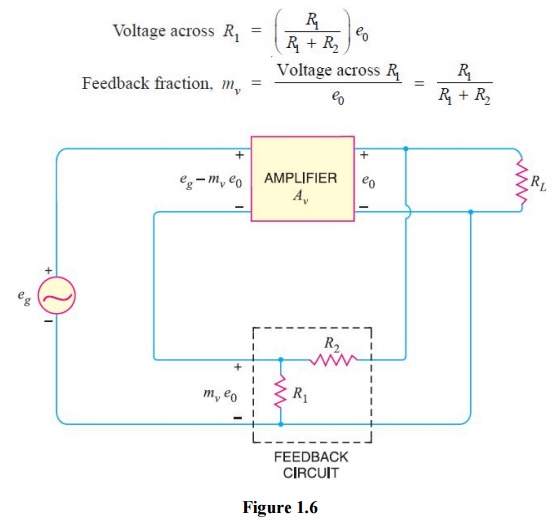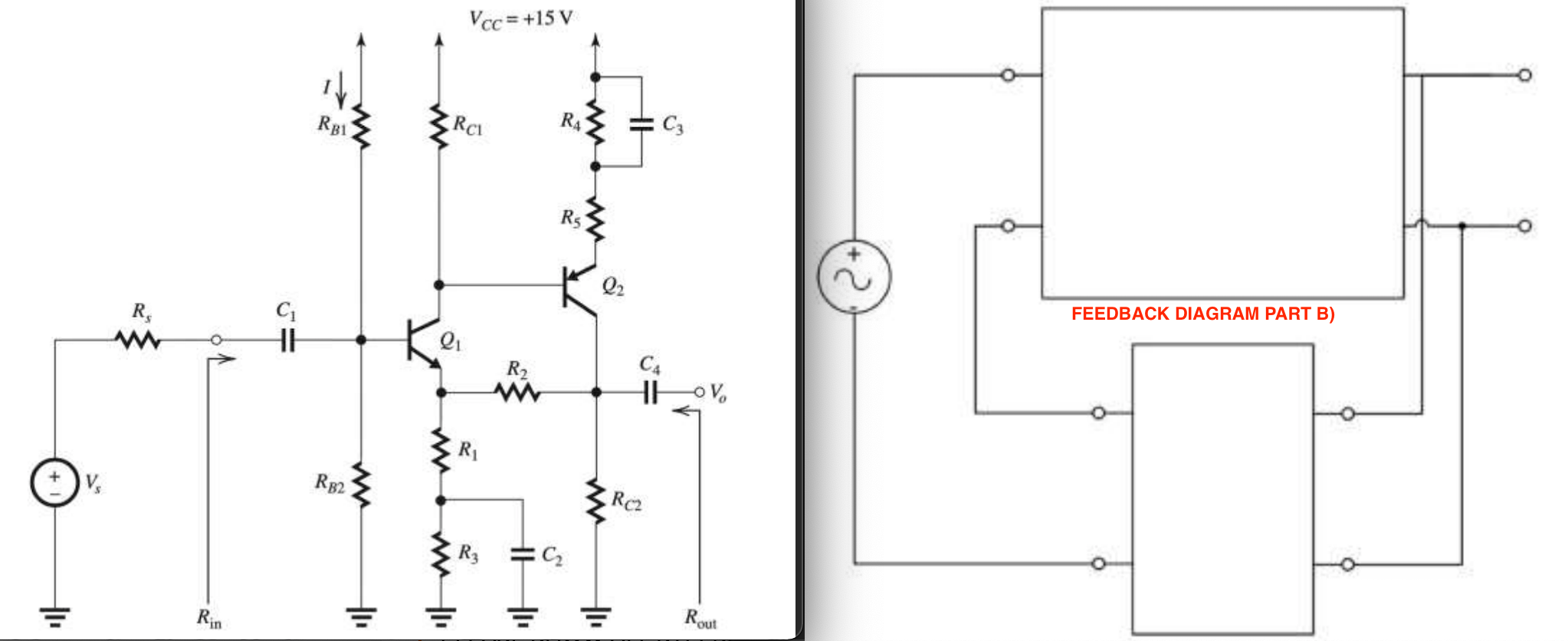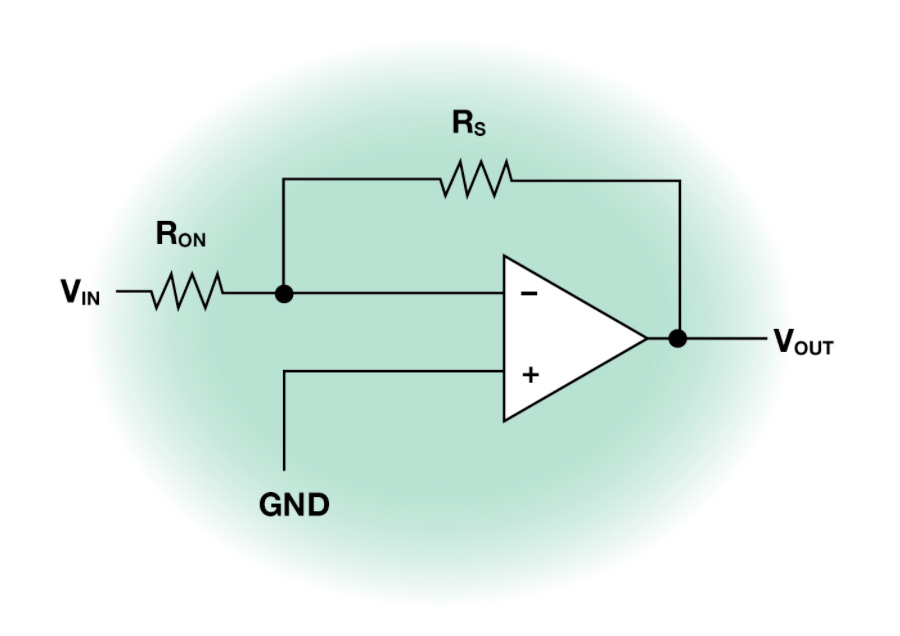Feedback Circuit Circuit Diagram the system gain with feedback is the ratio of the above actual output and input expressions, which reduces to Gain = A/(1 - Aβ) If we have a circuit that has its voltage gain reduced by 20 dB due to the application of feedback, then Gain is 1/10, giving Aβ, the feedback factor, a value of -9. Distortion Reduction

- Decompose fully differential circuit into common/diff. mode loops - If a local feedback loop can be modeled as a combination of a stable controlled source and passive impedances, the multi-loop circuit reduces to a single loop [Hurst 94]. - If there is a common breakpoint that breaks all feedback loops

PDF Chapter 14Chapter 14 Feedback and Oscillator Circuits Circuit Diagram
Engineers utilize negative feedback to ensure stable and linear operation, while positive feedback is harnessed for applications such as oscillators and switching circuits. Understanding the nuances of feedback and its effects on circuit behavior is critical for designing high-performance electronic systems.

Feedback Circuit Techniques Lecturer: Kent Lundberg All electronic systems employ feedback. All analog circuits, including op amps, oscillators, filters, and power supplies (just to name a few), critically depend on feedback. Understanding feedback theory, and its use in practical applications, is the key to successful system design The I/O impedances of the forward amplifier and the feedback network are far from ideal. Thus, the feedback network tends to "load" the amplifier at the output and also alter the input network significantly. The following issues need to be addressed: 1. To find the open-loop characteristics, we need to disable the feedback

Feedback Circuit Techniques Course by Kent Lundberg Circuit Diagram
Feedback refers to the process of using the output of a system to influence its input, creating a self-regulating loop that can enhance stability and performance. In analog signal processing, feedback is essential for controlling gain and ensuring desired signal characteristics. It plays a crucial role in filter design, affecting the system's frequency response and overall behavior.
